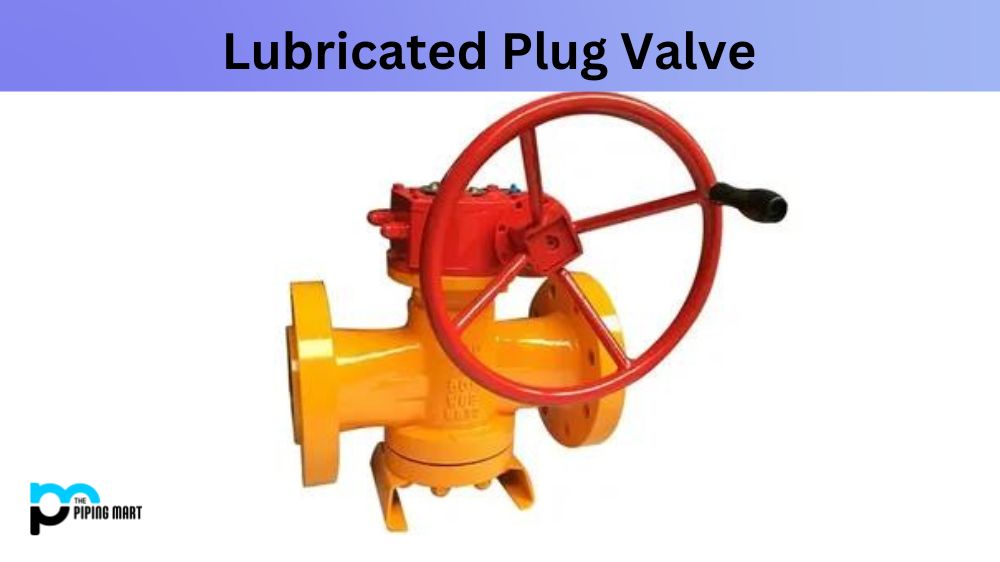What Is Laser Welding?
The “laser beam welding” (LBW) technique involves using a laser to join metal or thermoplastic pieces. A concentrated heat source from the beam enables thin, deep welds and rapid welding. It is based on penetration or keyhole welding.
The two fundamentally different ways that laser welding works are conduction-restricted welding and keyhole welding. The power density of the laser beam that strikes the workpiece will determine how it interacts with the welding material.
The procedures are frequently employed in automated, high-volume applications, such as the automobile sector. Due to its high energy density, laser welding has the main benefit of melting the material at the borders of the joint without harming a significant portion of the part.
Laser Beam Machine Equipment
The primary components or tools used in laser beam welding are:
- Laser Machine: This device creates a laser used for welding. Below is a diagram of the laser machine’s essential parts.
- Power Source: A high-voltage power source is delivered across the laser machine to create a laser beam.
- CAM: A type of computer-aided manufacturing in which a computer system integrated with the laser machine performs the laser welding process. CAM handles all of the controls during the laser welding process. It significantly quickens the welding process.
- It is referred to as computer-aided design, or CAD. It is utilized to plan the welding job. Here, the workpiece is designed using computers, as is the welding process.
- Shielding Gas: To prevent the w/p from oxidizing, a shielding gas may be used during the welding procedure.
How Does Laser Beam Welding Work?
Metals or thermoplastics can be joined together by laser welding, which uses a laser beam to create a weld. As a concentrated heat source, laser welding can generate narrow, deep welds between square-edged pieces in thicker materials and high welding speeds of meters per minute in thin materials.
The idea behind laser beam welding is that it only works when an atom’s electrons are stimulated by energy exposure. After some time, it eventually returns to its ground state and emits a light photon.
We obtain a high-energy focused laser beam due to the excited emission of radiation, which increases the concentration of this emitted photon. A laser is a device that amplifies light by means of radiation stimulation.
First, the welding machine is positioned where it will be between the two metal pieces to be joined. A high-voltage power supply is later constructed to be applied to the laser equipment to carry out an operation.
The lens directs the laser into the desired welding area. During the welding process, CAM is utilized to regulate the speed of the workpiece table and laser.
The machine’s flash lamp is turned on, and light photons are released. The atoms of ruby crystals absorb the energy of light photons, which excites electrons to higher energy levels. They release a photon of light when they reach their ground or low energy state.
Once more stimulating the atom’s electrons, this light photon creates two more photons. As the procedure goes on, a laser beam that is tightly concentrated is directed to the required spot to join numerous components.
Types Of Lasers Used
- Gas lasers: These lasers are created by using gas mixtures as the lasing medium. The lasing medium is a mixture of gases, such as nitrogen, helium, and co2.
- Solid media used in solid-state lasers (Nd-YAG, most commonly used) include neodymium in glass (Nd: glass), synthetic ruby crystal (chromium in aluminum oxide), and neodymium in yttrium aluminum garnet.
- Fiber laser: The lasing medium in this type of laser is optical fiber.
Advantages Of Laser Beam Machine
The advantages of using the laser beam over TIG, MIG, and spot welding are numerous.
- Weld strength: Laser welds are strong, thin, and have a high depth-to-width ratio.
- Heat-affected zone: Because of the rapid cooling, the heat-affected zone is small, and the nearby material is not annealed.
- Metals: Lasers are capable of successfully joining a variety of materials, including carbon steel, high-strength steel, stainless steel, titanium, aluminum, and precious metals.
- Precision work is made possible by the small, precisely regulated laser beam, which enables precise micro-welding of tiny components.
- Minimal deformation or shrinkage exists in the parts.
- No physical contact exists between the substance and the laser head.
- Laser welding can be spot welding, requiring only one side’s access.
- Scrap: The amount of scrap produced by laser welding is manageable and minimal.
Disadvantages Of Laser Beam Machine
- The cost of this operation is high because welding equipment is costly.
- Even if filler material is required, this technique only produces a small amount, making it relatively pricey.
- A few post-welding processes are also present.
- Joints must be precisely positioned laterally under the beam.
- The final position of the joint precisely aligns with the point where the beam impinges.
- There are various restrictions on the maximum joint thickness that a laser beam can weld.
- Materials such as aluminum and copper alloys can impact the weldability of lasers with thermal solid conductivity and reflectivity.
- When using a moderate-to-high-power laser to weld, suitable plasma control equipment must be used to guarantee repeatability.
- Lasers typically have an energy conversion efficiency of less than 10%.
- Due to the LBM’s quick solidification properties, some weld porosity and brittleness might be anticipated.
Application Of Laser Beam Machine
- It is well-known in the auto sector. As a result, it is utilized in industries that require high-volume production.
- It is used for extremely precise welding. Since no electrode is used, the final weld will be thin but robust.
- In the creation of jewelry, laser welding is very widely utilized.
- On a smaller scale, laser beam welding is utilized in the medical sector to hold metals together.

Pipingmart is B2B portal specializes in industrial, metal and piping products. Also, share latest information and news related to products, materials and different types grades to help business dealing in this industry.




